Laurie P.

The competition is fierce today and without competitive monitoring you won’t know what your competition is up to. A competitor monitoring tool should be a priority, as the intel it provides is the what sets winning brands apart from the pack. And with the room becoming increasingly crowded with challenger brands, there’s never been a better time to have competitive intelligence on your side.
The importance of competitor monitoring can’t be overstated:
Fire, you can be sure your competition is using competitive monitoring – or you should assume as much, at least. And you don’t want to leave all of this insight on the table for them to do what they will. What insight, specifically? Well, on top of understanding your share of voice against other brands, competitor monitoring tracks competitor campaign performance, their marketing approach and their consumer response.
Essentially, you can observe what’s working for them, and what isn’t – and apply this knowledge to your own strategic plans. And they can do that same about you – and likely already are. In the end, competitive monitoring helps brands increase revenue, market share and consumer perception – and whichever brand does it best, wins. Let’s make sure you’re the one in that winner’s circle!
This tool is the whole enchilada. It offers competitor monitoring powered by next generation AI, and since 40% of marketing and sales teams know that data science driven by artificial intelligence (AI) and machine learning is fundamental to their success, this is important to note. These folks are in the trenches with consumers and know what helps them create the best engagement and lifetime value opportunities.
Here, you can compare conversation volume, trends and popular websites, and examine is with a powerful sentiment analysis tool. This is a vital in understanding how consumers feel – especially when it comes to your competitors. It helps you gauge not only what they are feeling and to what intensity they feel it, but also why. The insight is transparent, so you can dig in to the details.
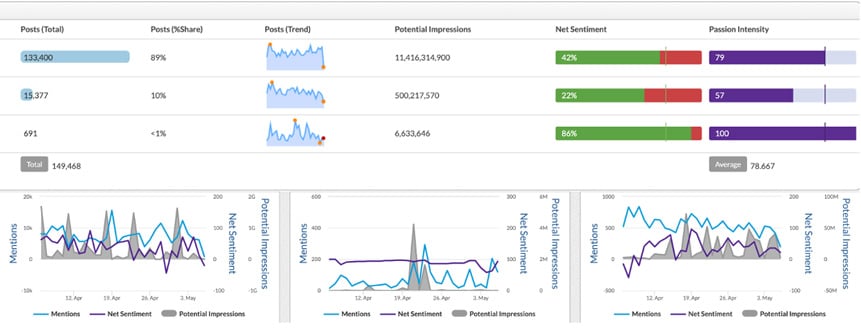

This real-time insight allows you to swoop in and meet the wants and desires left unattended by your competition, as you can see the precise reasons behind the emotion. This allows you to take targeted, immediate action.
And integrating of your existing business tools, such as Hootsuite is easy. This gives you advanced publishing solutions so you can improve customer care responsiveness as well.
You know the benefits of using keywords, and Google Keyword Planner helps. It provides insights around keyword targeting. And although it doesn’t spy on your competitors, per se, it does pinpoint which keywords are trending and how competitive they are, which is a definite competitor monitoring assist. It does this by estimating the monthly searches each keyword gets and then suggests keywords for related services, products and websites. It takes it a step past that, by organizing your keywords into categories related to your brand. And this is free with your google account.
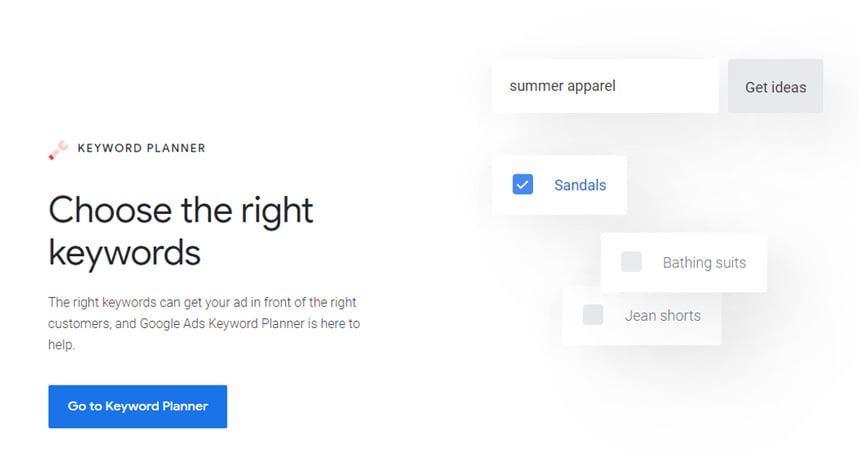
If you are at all familiar with Twitter, then you know its algorithm is totally different from any other social media platform out there. And competitive marketing can be a real hardship if you don’t have the right competitor monitoring tool. Followerwonk allows you to compare yourself against your competition by conducting a simple search to see how your social graph compares to others. This can help you locate overlaps and even target new influencers to up your competitive game.

It’s free with a Twitter account, but if you want to add a little more analyzing muscle, such as optimal posting times and follower losses and gains, there are two paid options starting at $29 per month.
Designed for smaller businesses of 200 or less people, Buzzsumo has a competitor monitoring edge to offer, as it’s all about content. You can discover and compare highly shared content between your brand and a competitors going back about five years. And you can see how these pieces are trending in different key categories.
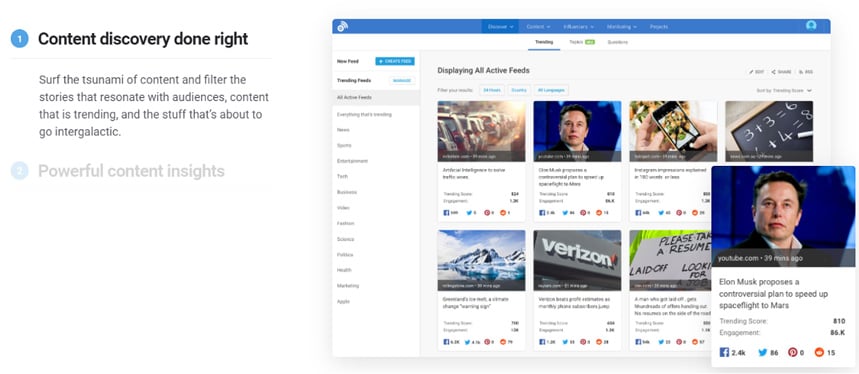
One of the highlights is this tool’s ability to compare keyword performance alongside your competitors, allowing you to see who is winning the highest engagement across multiple channels. Pricing for this tool starts at $99.00.
Want to understand email marketing activities of your competitors? This is the place for that sort of competitor monitoring! How does it do this? By evaluating insights from email messages your competition sends you. Owletter is able to determine their spam reputation, their specific schedule, frequency changes, trends over time and the topics emails contain. The trick is getting them to send you the email, right? A wrinkle you can iron out, surely. And this option is definitely something to give a hoot about, with pricing that’s fair as well, starting at $19.00 per month. You can get two months free by paying annually.
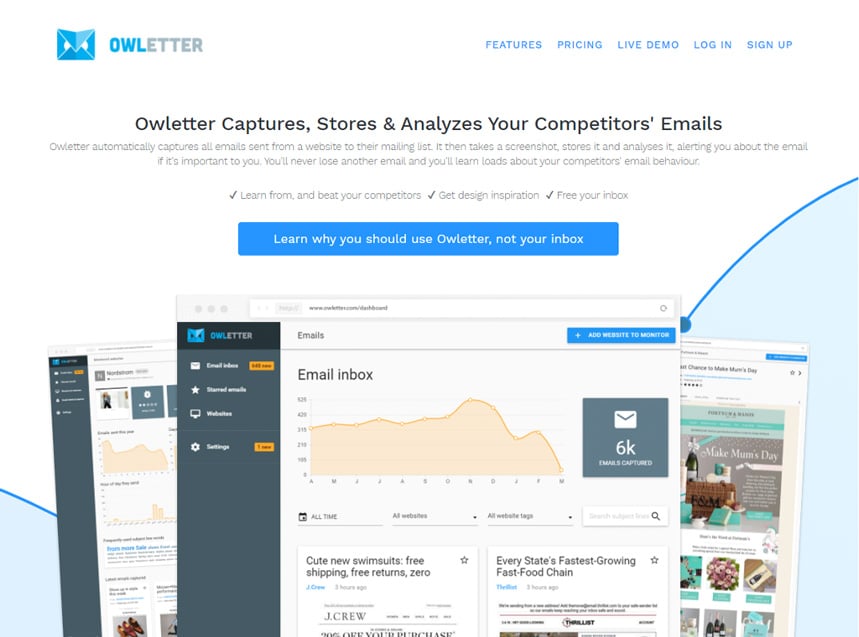
Spying, or as we like to say monitoring, competitors’ digital marketing campaigns is made simple with this tool. It’s like following a trail of receipts, detailing what they purchased, such as keywords, to more detailed intel on their keyword strategy.
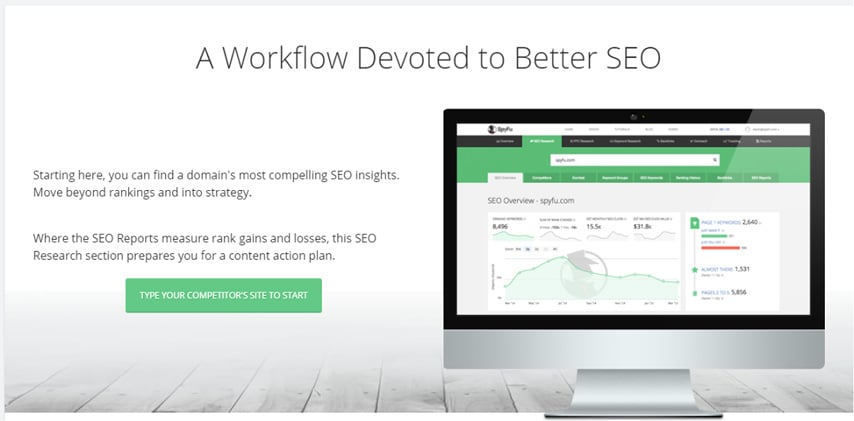
SpyFu offers SEO reports as well that help you stay ahead of trends. Depending on what you need it for, the price plans start at $33/monthly and go up to $299.
This is another competitor monitoring tool that tracks your competitors’ movements. This tool by Amazon, specializes in reporting competitor activities such as the number of pages linked to their websites, average page loading times and search data with keyword insights. It also has the ability to segment traffic into four channels: organic searches, social media, links and direct traffic, enabling you to see which segments are more profitable.
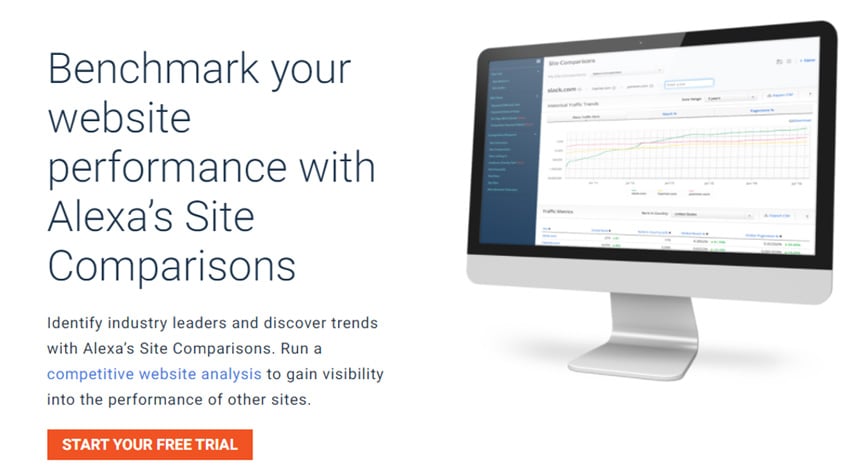
Depending on what you want it for this tool starts at $19.99 per month and increases to $299/monthly. They do offer a free trial.
This one is pretty basic, but it’s also free and is a great way to do a quick check-up on how a competitor’s site is preforming. Simply paste your competition’s website into their search bar and viola! Their site performance is viewable, offering some neat competitor monitoring intel.
They also offer a nifty Ranking Keywords feature which displays popular competitor keywords and their monthly volume. Accompanying this is a score which shows how easy or hard it may be to outrank your competition.
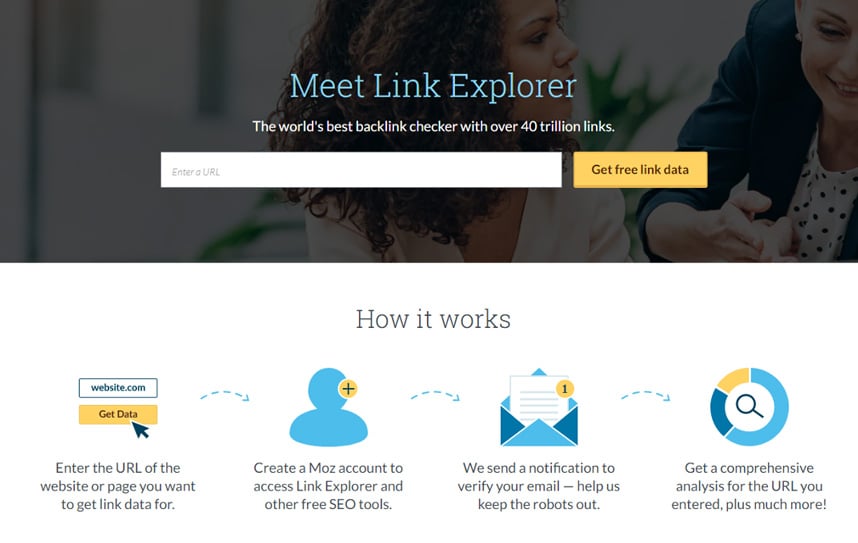
This clever tool aimed at social media, is a great addition to your competitor monitoring capabilities, as it allows you to pre-schedule posts and lightly monitor them. This tool gives you basic knowledge on all your competitors’ social media activities as well. And when paired and integrated with Quid’s abilities, allows you to take a deeper dive into the specifics, such as looking at individual posts and attached sentiments. You can sign up for a free 30-day trial and plans begin at $49 per month.
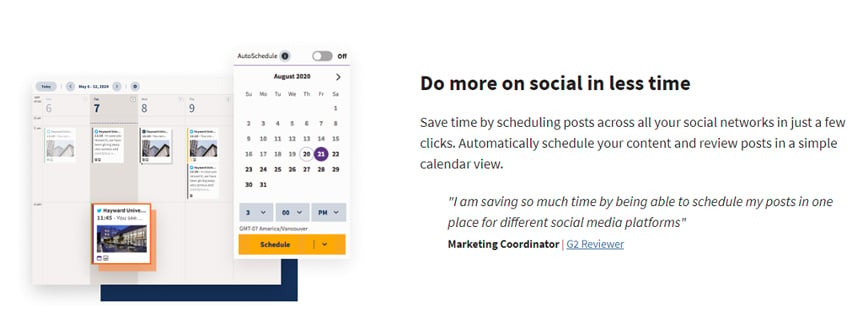
This is like a cheat sheet for those who need some competitor monitoring but don’t want to stare at facts and figures all day. You decide which competitors you’re interested in and Owler curates company data for you. It will also notify you when there’s breaking news or intel on funding or even acquisitions. For simplified competitive intelligence – this could be a great option. Its basic plan is free and it offers tiered pricing after that.
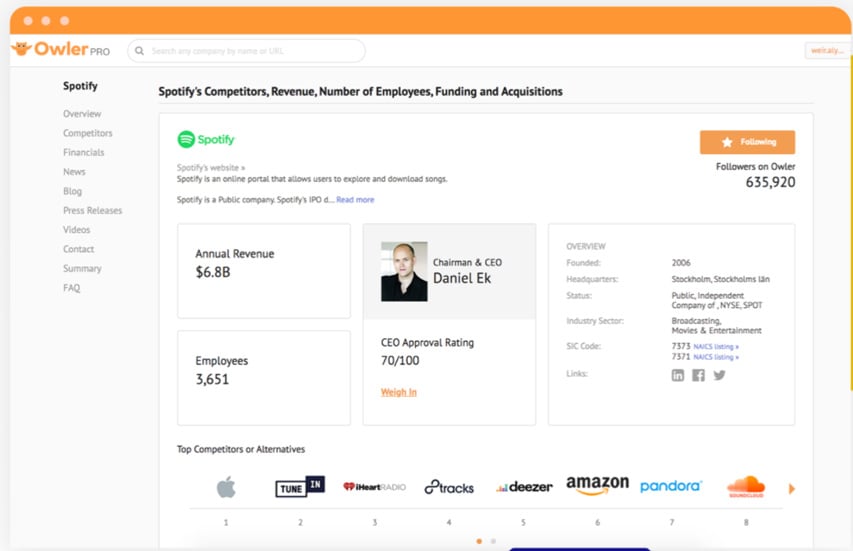
Do you know how your competitors’ ad measures up? WhatRunsWhere is an advertising tool that measures the performance of your competitors’ ad efforts. It then pinpoints where they are winning, and where they are losing, informing you along the way. If they are winning, perhaps you want to follow in their steps, if they are failing, well you have a chance to stand out from them by adjusting your marketing accordingly. Additionally, you can research trending topics your competition may be discussing, which gives you a chance to hop on that train before the fad fades out. It’s price hovers in the $299 per month range, but there are other tiers to consider past this.
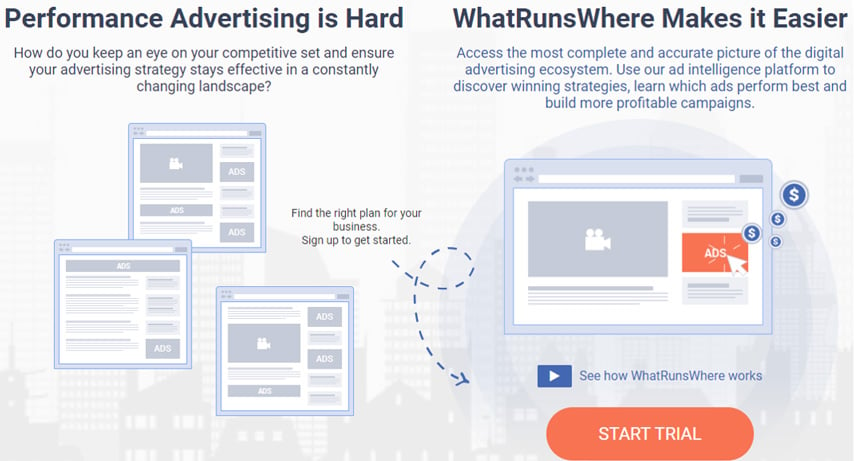
So, this one is a little unique in the competitor monitoring space. It has one goal and that is finding the weak areas of your competitors by focusing its efforts towards the technical side of your competitors’ performance.
Technicalities influence a website’s ranking, so things like broken links, both internal and external can be a real pain. By locating these, contacting the Webmaster and linking to the broken link, you can begin link building, which in turn puts you higher on the stack of search rankings.
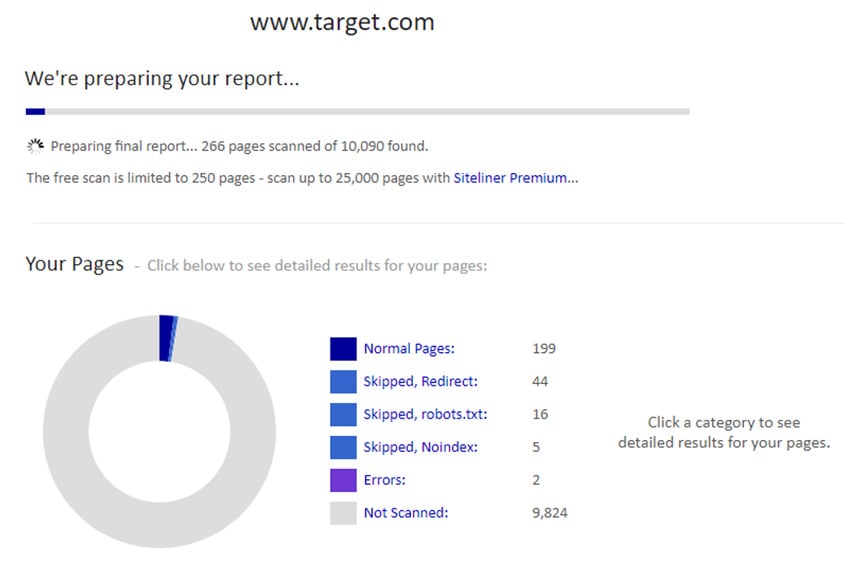
Secondly, this site can work like a mini-health checkup for your website too. Siteliner analyzes your site to be sure its links are up to par, which is key because linking influences browser rankings. Without links to your content, your Google ranking is likely to drop. The free version of Siteliner allows analyzing up to 250 pages within one domain.
This is a powerful data mining tool that analyzes web traffic, tracks backlinks, and collects content. And it offers extensive features for SEO. And when it comes to competitor monitoring, Ontolo searches the web for competitor data and stores it in a database. With this database, you can learn more about your competition and see who is following and engaging with them as well as spy on the type of content your competitors are posting online. It’s easy to use, as you simply give it keywords and your competitions’ URLs. It does the rest. This product begins at $97 per month.
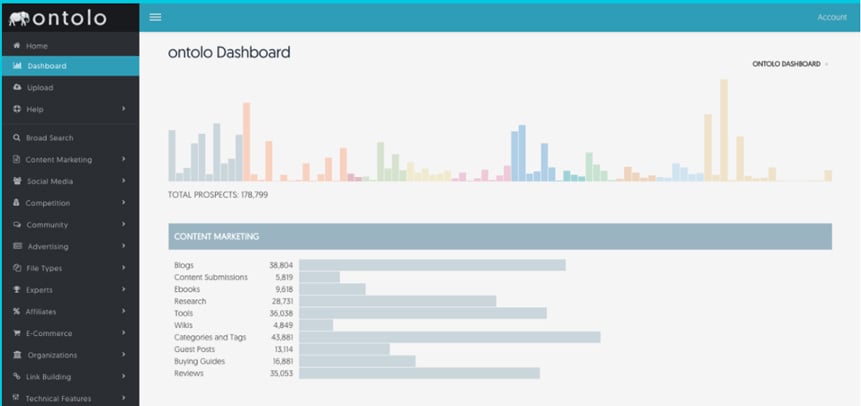
This is kind of like the Angie’s List of analytics and is another neat competitor monitoring tool. You can search for IT Techs or Cloud Consultants, for example, or list yourself as one. By listing your company, you gain access to some of their insights, one of which is a SEO report card. By entering a few details about your company, a breakdown of your SEO performance against your competitors is revealed. And it’s free, which is nice when you pay so much for everything else in business.
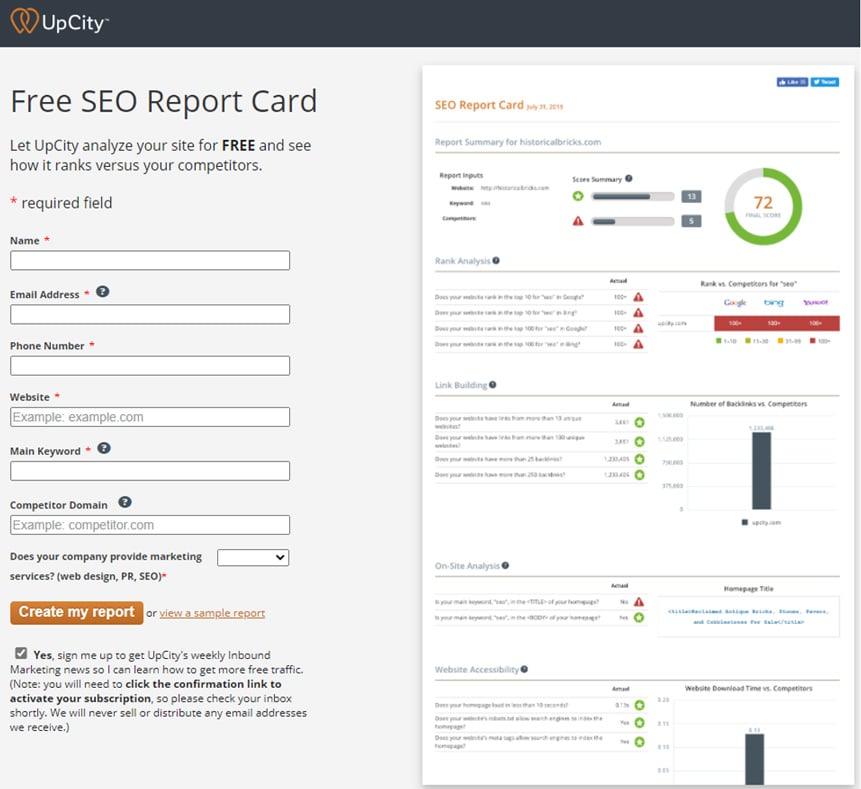
Google is everywhere, and that’s certainly true within the competitor monitoring game. And MozBar is an extension of their search engine. Its main focus is measuring the domain authority (DA) of a website, or it’s scoring system.
It uses a score to measure a site’s potential strength. The score between 1 and 100 looks at many factors, such as the number of backlinks and content quality. The higher the score, the stronger the SEO performance. This little gem is free though they have plans starting at $99 per month. There are four pricing tiers to consider, each offering something a little more. They also offer a 30-day free trial.
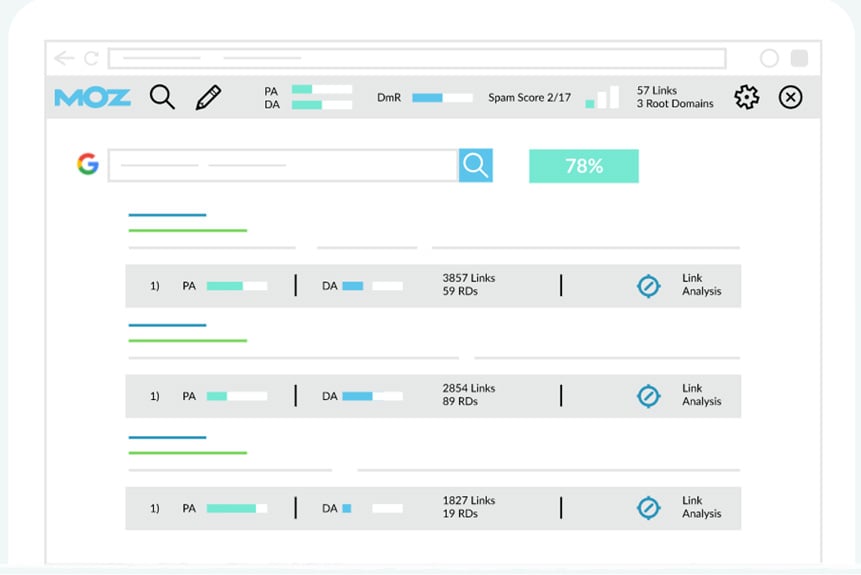
The global competitor monitoring tool market was $37.6 million in 2019 and it is expected to grow to $82 million by 2027. If you aren’t already using competitive intelligence as a part of your social analytics, you need to be. Much like having a website was novel so long ago, this is the next evolution – making your online activities trackable and actionable. And soon, there will be few businesses not using it. That’s a number you do not want to count yourself among.
Any of these tools would make great additions to whatever you’re doing now. But if you want one tool that can do pretty much everything mentioned above without having to switch between tools or websites, reach out for a demo and discover the Quid difference! We’d love to show you around.